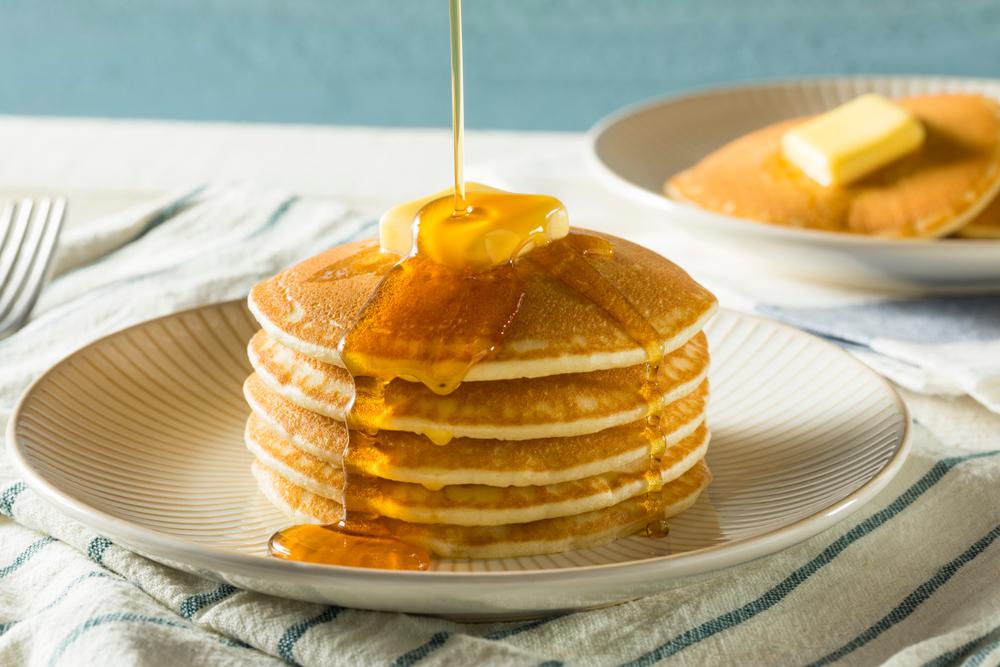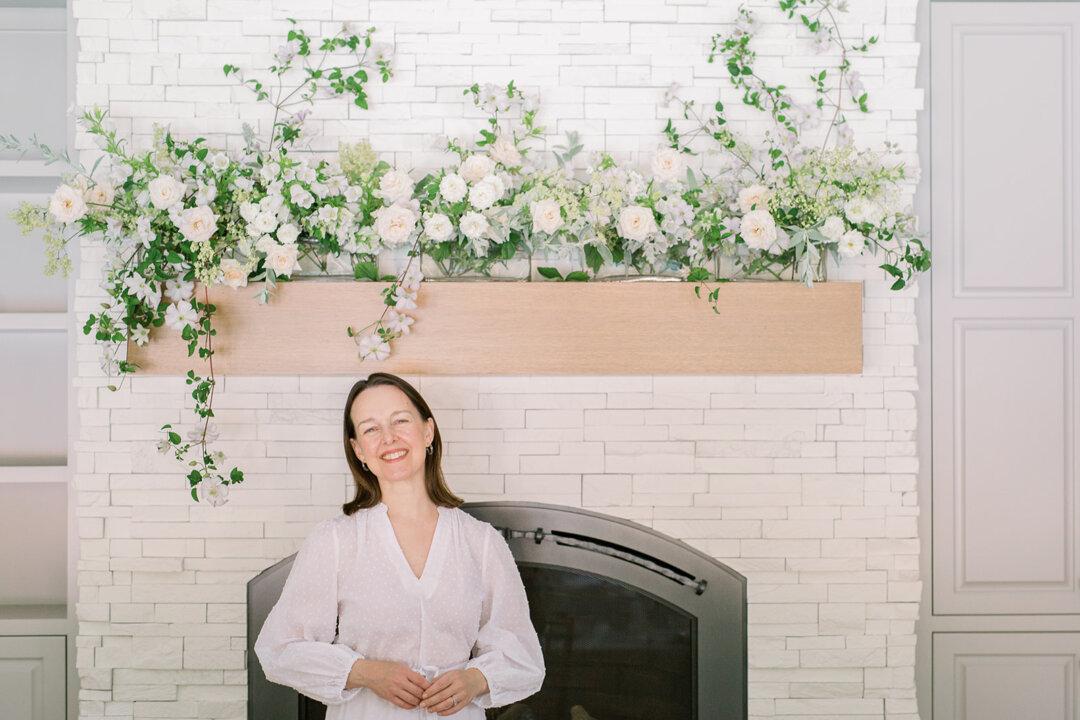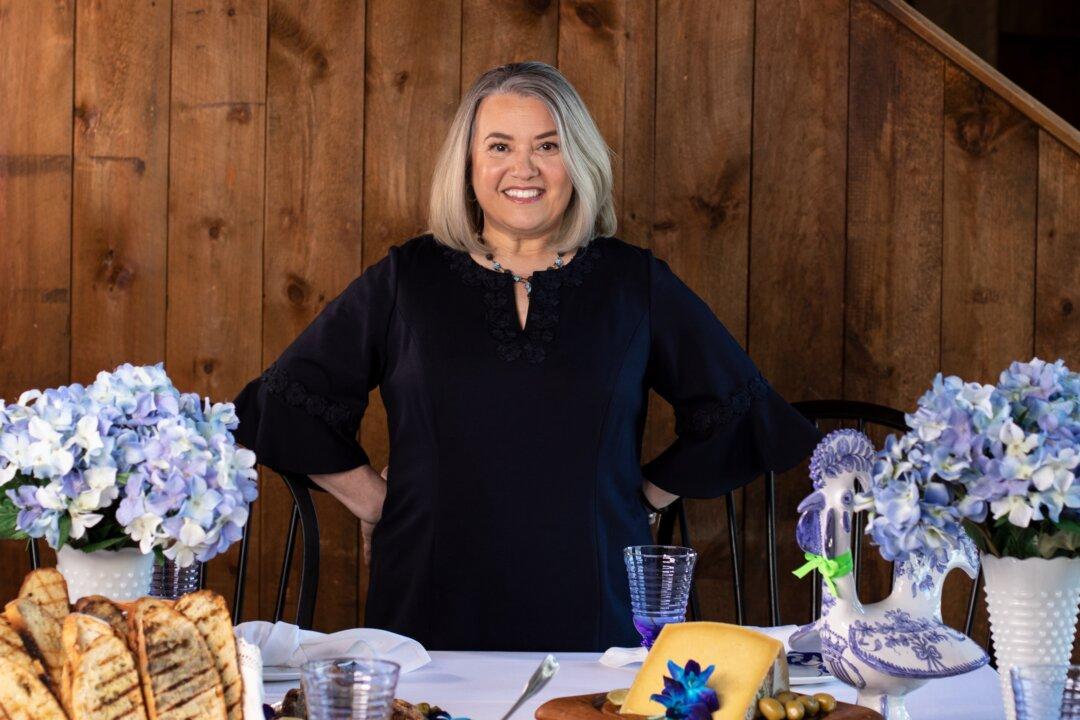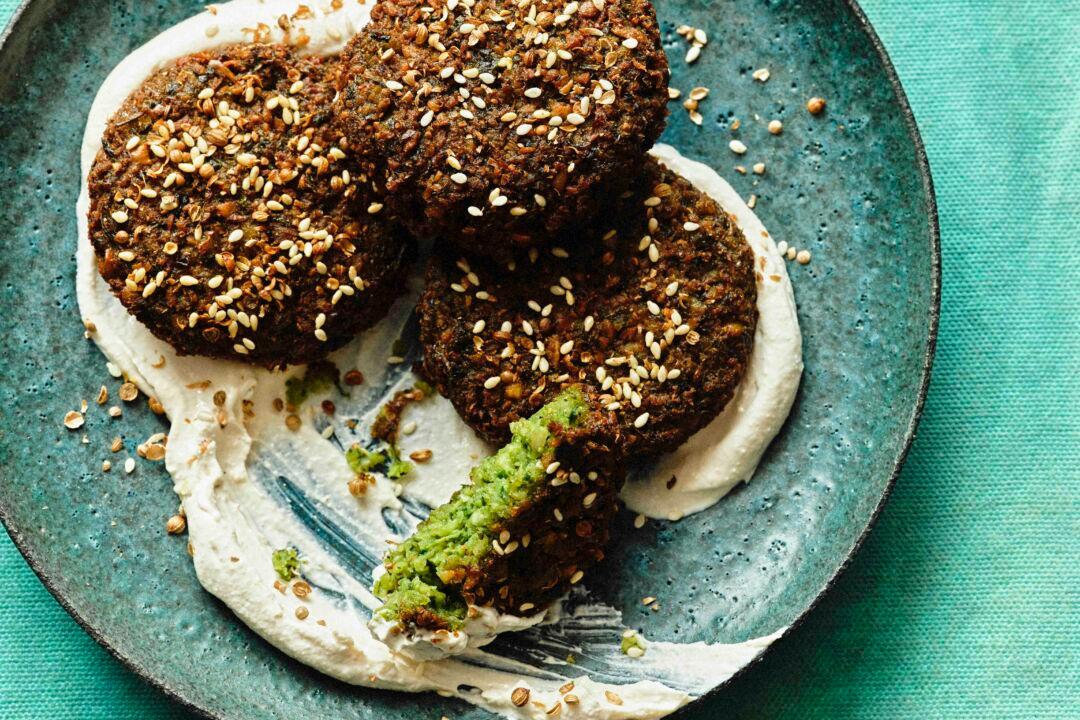The driveway of my in-laws’ 10-acre farmette is lined with Autumn Blaze Maple trees, which are every bit as stunning as they sound during the fall months. My sister-in-law was married there, in the thick of fall, while all 19 of those maples burned red in the backdrop of the altar. As pretty as they are, my father-in-law, Jim, didn’t plant them just for looks. He dreamt of using the trees on his own land to make one of his favorite treats: maple syrup.
“When I was a boy, we used to visit another family in Bemus Point, New York,” said Jim. “They used to tap maple trees for syrup. Some of my best memories from childhood are getting to be involved with that process.” He remembers putting the sap buckets out and making maple syrup candies when the syrup was ready.





